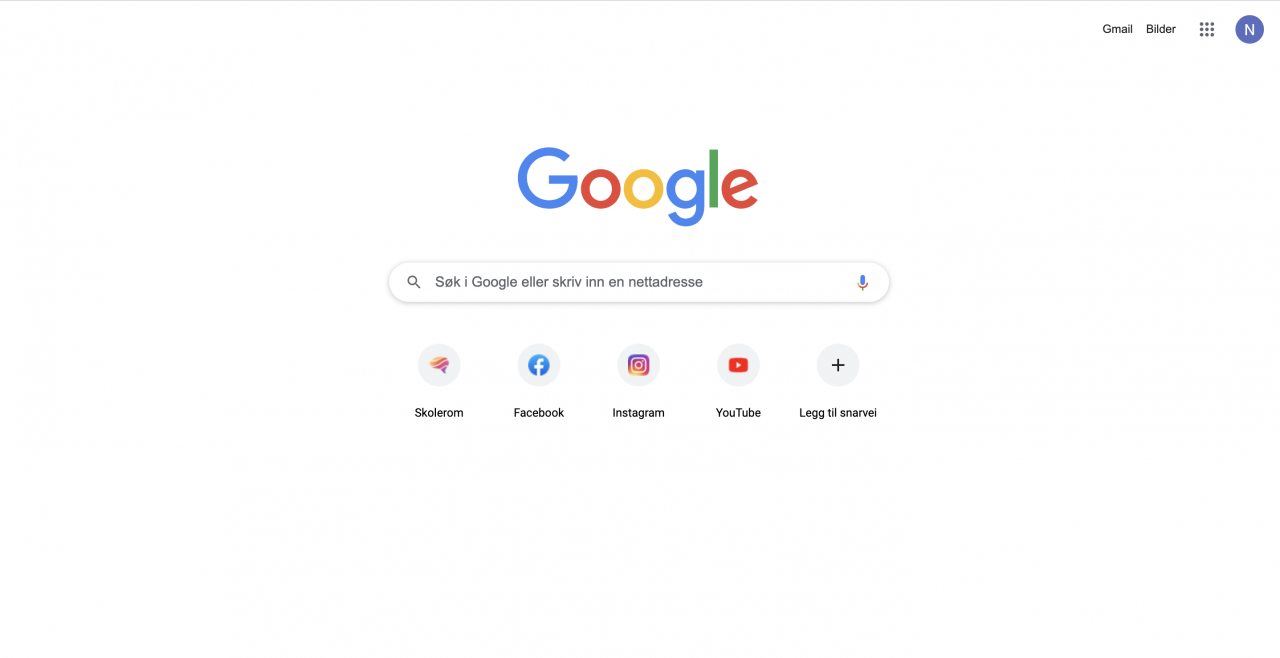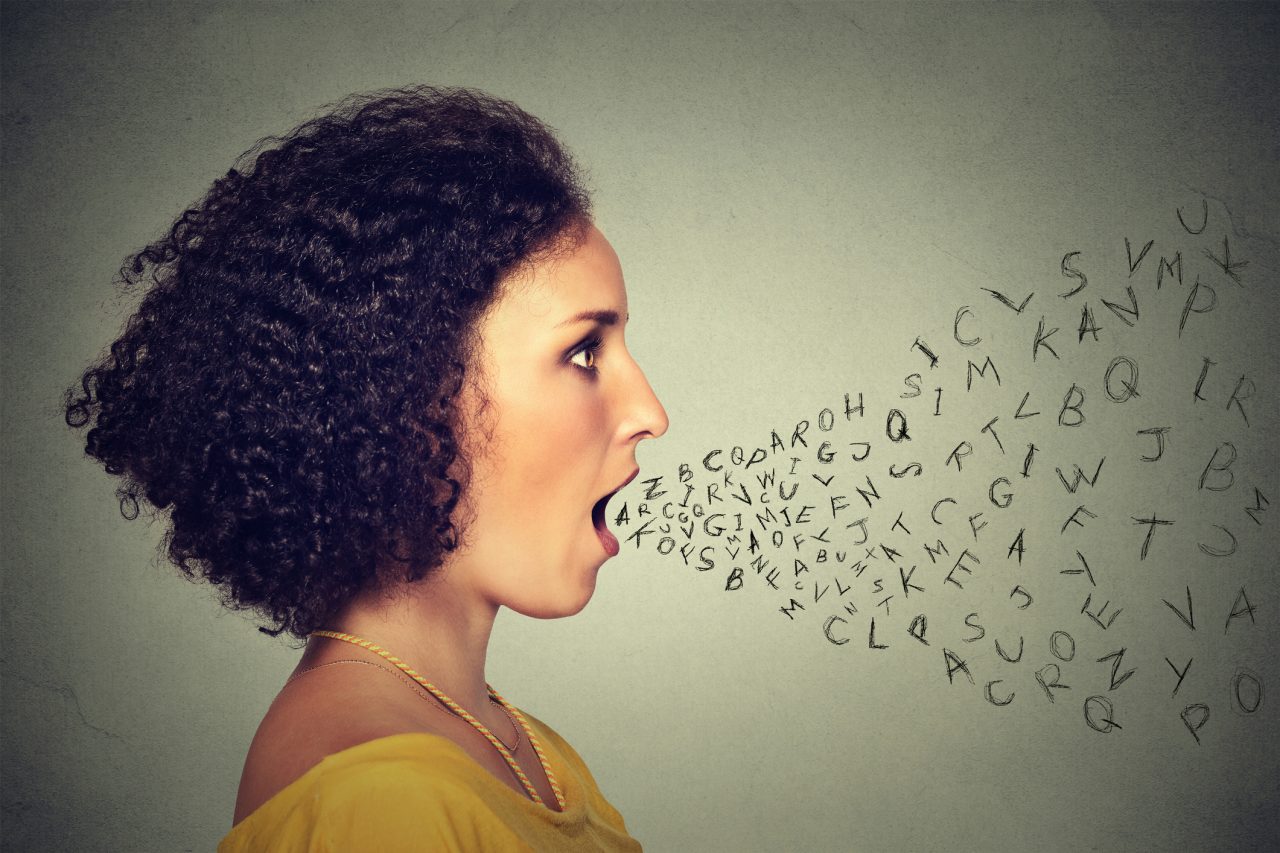What is source evaluation?
Is what you read on social media or in news articles true? It is easy to believe so. Still, you need to ask the question if the source is trustworthy or not.
Both social media and news texts can be untrue or may not include all the information. This is called fake news.

En person som sjekker nyhetssider på mobil og PC
Access to information comes with major challenges
We get a lot of information through the internet and social media. We can get and share a lot of information in a short period of time.
Many people use Google to research and social media to share. It can be hard to recognize what is true and what is not.

Skjermpdump av Google
How to evaluate sources critically
The sources you use in your writing need to be carefully chosen. This includes looking at the following:
-
- Who is the source?
- How believable is what is being said?
- What is the meaning of the text?
- What do the language, images and graphs tell you?
- Is the source up to date?
Who is the author?
Who has written the text? Does it make a difference if it is a person, an organization, or a government giving the information?
What aim does the author have in presenting the information? That is important to find out. Maybe someone has paid to make it public?
Sponsored content is content that someone pays to get into a publication.

Nærbilde av en mann som holder en iPad
What meaning does the post have?
If politicians want to get more votes, they may post an ad on their political goals. But a business will use rhetorical devices (language techniques) to get its message through. It shows that different posts have different meanings.
Take the time to find out the meaning of the news or ad you read.



Nærbilde av en avis
A world with and without source criticism
Watch this film from Full Fact, the UK’s independent fact checking organization.
Sources:
- Medietilsynet (03.02.2021): Slik avslører du desinformasjon og falske nyheter
https://www.medietilsynet.no/mediebildet/slik-avslorer-du-falske-nyheter/
- Kildekompasset (03.02.2021): Hva er kildekritikk?
https://kildekompasset.no/kildekritikk/
- Orgeret, Kristin Skare: Kildekritikk i Store norske leksikon på snl.no.
Hentet 3. februar 2021 fra https://snl.no/kildekritikk
- Pressens faglige utvalg (2020): Vær varsom-plakaten
https://presse.no/pfu/etiske-regler/vaer-varsom-plakaten/ - Full Fact (04.08.2022): Who we are
https://fullfact.org/about/ - Editage (11.08.2022): What are academic research standardshttps://www.editage.com/insights/what-are-the-academic-research-standards
Media Rights:
-
-
Getty Images
-
Skjermdump av Google.com
-
Getty Images
-
Getty Images
-
Getty Images
-
Getty Images
-
Getty Images
-
Getty Images
-
Google News Initiative – YouTube
-



